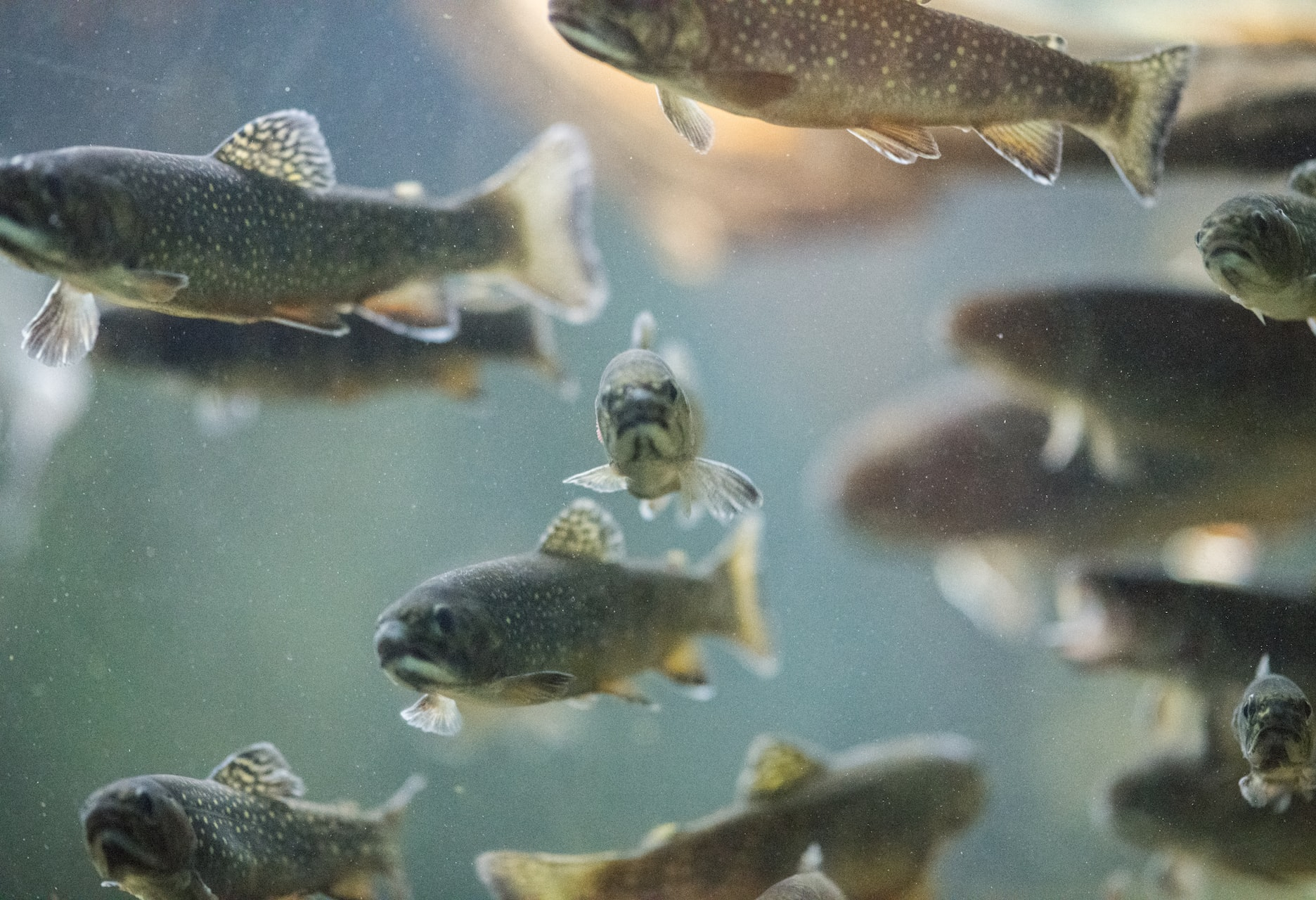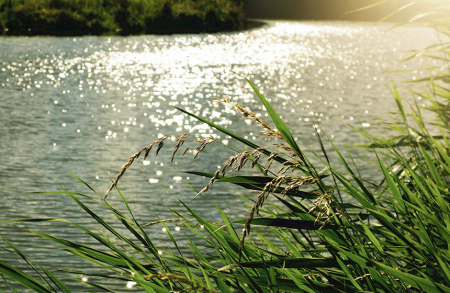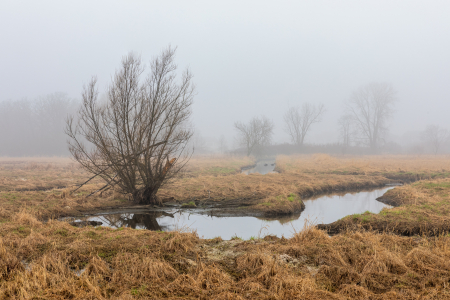Peatland restoration in Belarus

Balarus is leading the way for peat restoration in Europe. Peatlands cover about 23% of the country, but most of it is degraded or drained. The country’s peatlands have long been seen primarily as a resource for agriculture and energy, but since the 1990s efforts have been made to protect, restore, and sustainably use the habitat. It’s estimated that over the past decade 50,000 ha of degraded peatlands have been rewetted, and the government scheme aims to allocate 29% of total peatland area to conservation by 2030 (almost all the remaining natural peatland). Peatland restoration provides a number of benefits: carbon sequestration, water quality improvement and biodiversity conservation, and can be done alongside sustainable use (e.g. biomass production for fuel in a process called paludiculture).
Drained and mined peatlands are vulnerable to burning, which releases ancient carbon from dead organic matter. Climate change-induced drought will cause peatlands to become drier, making burning more likely. Hence rewetting of drained peatland, and restoration of mined peatland, is important for reducing the risk of release of large quantities of carbon.
Peatland restoration is also central to biodiversity conservation in Belarus. For example, the aquatic warbler declined by 40% in 10 years due to drainage of its habitat. Belarus is home to about 40% of the global breeding population of this species, so restoration of peatland is hoped to give the species a boost.




